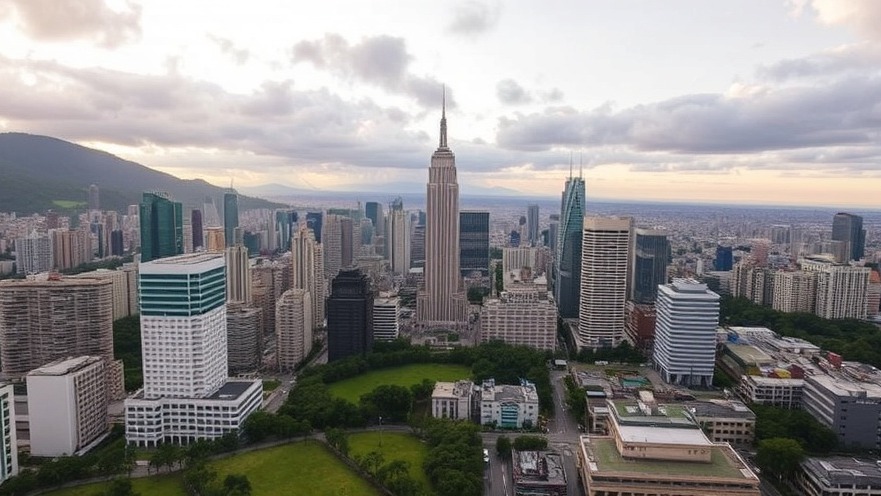
Adapting Economic Strategies in Uncertain Times
As global economic uncertainty looms, Latin America and the Caribbean find themselves at a crucial crossroads. According to the World Bank's recent Latin America and the Caribbean Economic Review (LACER), the region is projected to experience growth rates of just 2.1% in 2025 and 2.4% in 2026, making it the slowest-growing area globally. With challenges like low investment levels, escalating debt, and a volatile external environment, countries in this region need to rethink their economic strategies.
“The global economic landscape has changed dramatically, marked by higher levels of uncertainty,” said Carlos Felipe Jaramillo, vice president for Latin America and the Caribbean at the World Bank. This call for bold and practical reforms to boost productivity and competitiveness cannot be overstated.
Understanding the Regional Outlook
Despite some slight progress in controlling inflation, the region continues to grapple with fiscal deficits. A rise in the debt-to-GDP ratio—expected to reach 63.3% in 2024—highlights the urgency of the situation. As external pressures mount, including persistent inflation in advanced economies and the effects of slowing growth in China, Latin American nations must work diligently to stabilize their economies.
The Importance of Trade and Investment
William Maloney, chief economist for Latin America and the Caribbean, underscores that diversifying trade destinations and exploring nearshoring opportunities are essential. Such steps can accelerate growth, but the region must improve its productivity and innovative capacity to succeed.
Conclusion: The Need for Dynamic Change
In this landscape fraught with challenges, a recommitment to long-term reform—particularly in infrastructure, education, and trade—is imperative. As Latin America and the Caribbean embrace these changes, they can pave the way for sustainable development and greater economic resilience.
 Add Row
Add Row  Add
Add 




Write A Comment